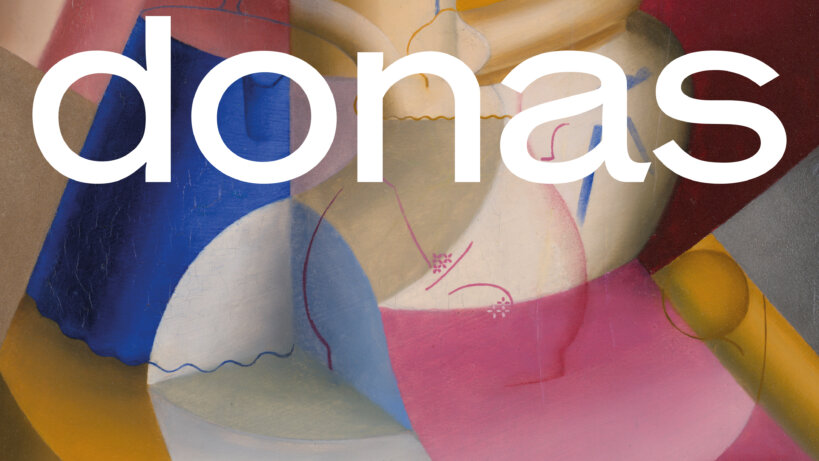The Museum of Fine Arts Ghent (MSK) organized the first grand overview exposition ever devoted to this exceptional artist, bringing together a range of the works. Many of which originate from private collections. The museum also had the pleasure of exhibiting four works from the Katherine Dreier collection, now residing in the Yale University Art Gallery, New Haven.
An Artist from the Bourgeoisie
Marthe Donas is born in 1885 as a daughter from an upper-middle-class family from Antwerp. Her father objects heavily against Marthe’s plans to become a painter but Marthe perseveres and takes lessons at the Academy of Antwerp and, during the first World War, Dublin. In 1916, she moves to Paris and discovers cubism.
International Career
At first, Donas works with her partner, the revolutionary Ukrainian sculptor Alexander Archipenko. Through him, she comes into contact with the international art world and has the change to exhibit her works alongside Theo van Doesburg, Pablo Picasso, Amedeo Modigliani, Fernand Léger, Piet Mondriaan and Sonja Delaunay. Each of these celebrated artists influences her painting style significantly.
During the interbellum, Donas achieves international fame. She exhibits 35 important works in the prestigious Berlin art gallery Der Sturm. American art collector Katherine Dreier purchases 4 of her paintings and an ink drawings on show there, adding them to her already well-known art collection. Both this collection and the influence of Marcel Duchamp and Man Ray bring the US into contact with the European avant-garde.
Recently rediscovered
From the 60s onwards, Donas’ early work slowly retrieves recognition. Both in Belgium and abroad, Donas is rediscovered as one of the founders of Belgian modernism. The exhibition in the Museum of Fine Arts Ghent (MSK) is the first to be exclusively devoted to Donas’ work since her death in 1967.
The focus of the exhibition lies on Donas’ most creative years between the end of 1916, when she starts work in Paris and 1927, when she goes on a prolongued hiatus from painting.
